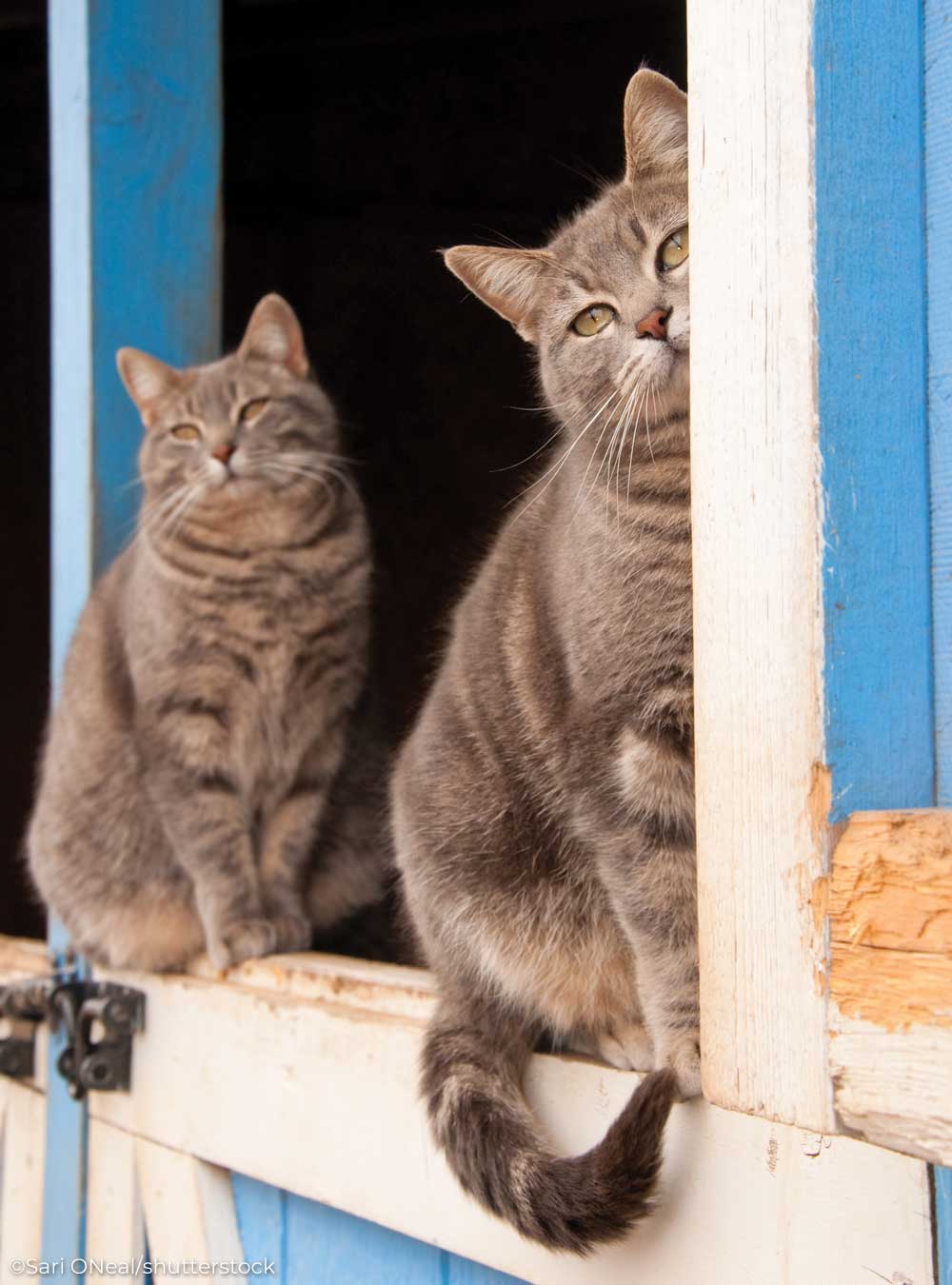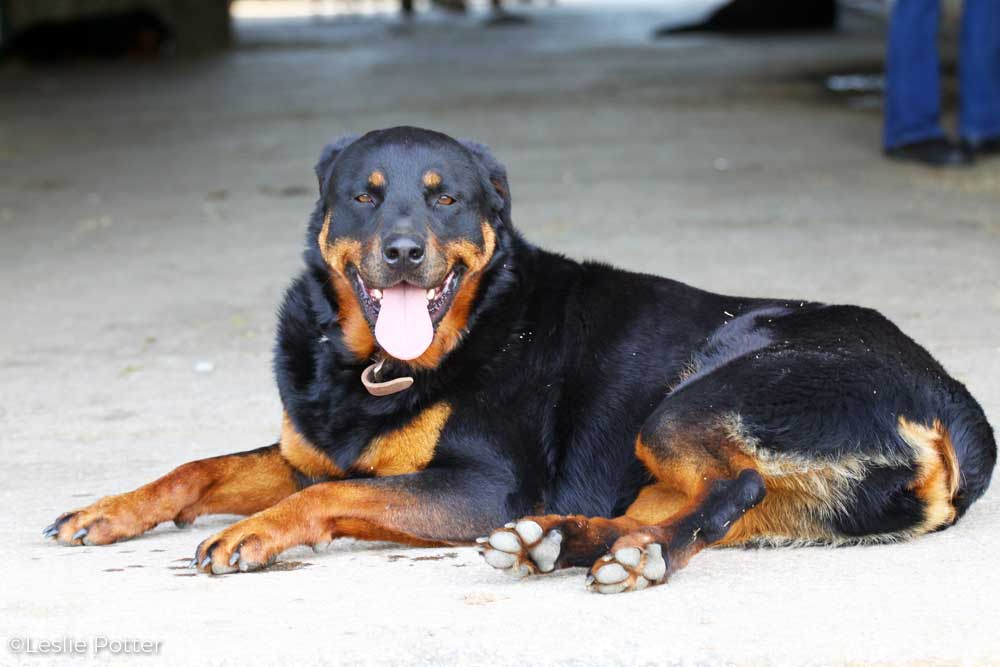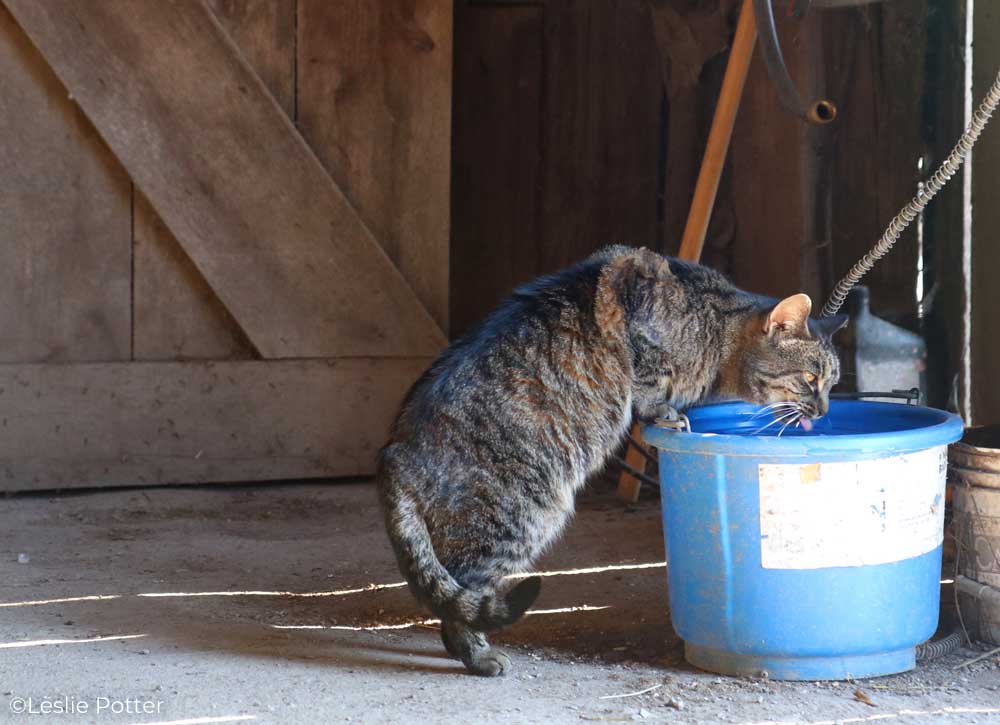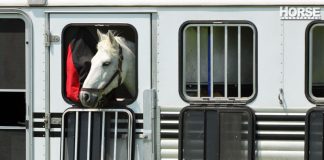It’s important to keep barn cats and dogs cool during the summer season. Be aware of the dangers that can come with rising temperatures.

- Cats and dogs not getting enough water, resulting in dehydration.
- Hot asphalt, which can burn sensitive paws.
- Lawn and garden insecticides that are toxic to cats and dogs.
- Heat exhaustion and heatstroke in dogs and cats, which can result in brain damage, organ failure and death.
Heat exhaustion and heatstroke, which are life-threatening conditions caused by extreme elevations in body temperature, are perhaps the most dangerous heat-related risks for outdoor cats and dogs. Dr. Sally J. Foote, owner and head veterinarian of Okaw Veterinary Clinic in Tuscola, Illinois, explains heatstroke and heat exhaustion “causes changes in blood chemistry, brain damage, coma and death.”
Unfortunately, they’re also the most subtle to catch. It’s crucial to learn the symptoms of heat exhaustion and heatstroke so you take action and learn how to keep your barn cats and dogs cool. Better yet, you can prevent heatstroke and heat exhaustion by providing your barn cats and dogs with the proper shelter and supplies to keep them cool.
Signs of Heat Exhaustion and Heatstroke in Cats and Dogs
Heat exhaustion, also known as hyperthermia, occurs when the body temperature rises above normal. Normal body temperatures for dogs are about 101 degrees Fahrenheit to 102.5 degrees Fahrenheit and 100.5 to 101.5 degrees Fahrenheit for cats, says Jo Pendergrass, DVM, founder of JPen Communications LLC in Sandy Springs, Georgia. Heatstroke occurs when an internal body temperature exceeds 106 degrees Fahrenheit.

While temperature marks one way to determine if a pet is experiencing heat exhaustion or heatstroke, there are physical signs as well.
Sandra C. Mitchell, DVM, owner of All Creatures Veterinary Services in Bangor, Maine, categorizes the signs of heat exhaustion and heatstroke in dogs and cats into two stages: Early and Late.
Early Stages of Heat Exhaustion/Heatstroke:
- Excessive panting (usually the first symptom)
- Excessive drooling; note that the drool may be thicker than usual.
- Restlessness
Later Stages of Heat Exhaustion/Heatstroke:
- Vomiting or diarrhea with blood present
- Collapse
- Shock
All dogs and cats can suffer from overheating and heatstroke, but some are especially susceptible, so it is detrimental that your barn cats and dogs keep cool during the heat. Pets with an underlying disease, like heart disease, or who are overweight are at increased risk for overheating or developing heatstroke, according to Dr. Mitchell. Dogs weighing more than 30 pounds and brachycephalic (short-nosed) breeds also have a higher risk.
Overheated animals typically wind up with problems in multiple organs that ultimately can be fatal. According to Dr. Mitchell, other common complications include:
- Kidney failure
- Disorders involving blood coagulation
- Lung injury
- Respiratory and heart systems failure
- Destruction of the muscle fibers
Additionally, the nervous system and the gastrointestinal system can be damaged, Dr. Mitchell says. Once heatstroke starts, almost all of the body’s organs can end up damaged or destroyed. The failure of one organ can result in the failure of another one that tries to compensate for it, and so on. Immediate treatment is needed to help stop permanent damage to the body.
Treating Heat Exhaustion and Heatstroke in Cats and Dogs
“Heat exhaustion and heatstroke are treatable,” Dr. Pendergrass says. “However, this treatment must begin immediately to improve the chances of recovery.”
If you notice any signs of your pet overheating, even if you are unsure if it is heat exhaustion or heatstroke, Dr. Pendergrass says to call your veterinarian immediately for further instruction. She also recommends doing the following:
- Immediately move your pet to a cooler environment, such as inside or to a shaded outdoor area.
- Lower his body temperature by pouring cool (NOT cold) or lukewarm water over his entire body. Cold water will lower the body temperature too quickly, possibly throwing the body into shock.
- Because a dog’s ears and paws have blood vessels that expand to dissipate heat when his body temperature rises, pay special attention to pouring cool water over these areas. This can assist in lowering his body temperature.
- Dab paws with cotton balls soaked with rubbing alcohol. Rubbing alcohol cools the paws and helps to lower the body temperature.
- After pouring water on your pet, allow him to dry off in front of a fan.
- Offer your pet cool (NOT cold) water to drink frequently, but DO NOT force him to drink.
Take your pet’s temperature every 30-60 seconds by inserting a digital thermometer into his rectum (place a lubricant, like petroleum jelly, on the thermometer first). If the temperature drops below 103.5 degrees Fahrenheit, you can stop the cooling procedures.
Monitor your pet closely for the next 24 hours. If his condition worsens, take him to your veterinarian immediately for further evaluation and treatment.

In the event that your pet’s temperature rises above 106 degrees Fahrenheit, heatstroke is imminent. This is why it is important to keep your barn cats and dogs cool during the summer season. Contact your veterinarian and immediately start heading to your veterinarian’s office for additional treatment. By the time you arrive, the veterinary staff should be ready to begin treating your pet.
Note: There are some instances when you should bypass first aid on your own and take your pet to your veterinarian immediately. In these situations, delaying veterinary treatment might prove life-threatening. These critical situations include:
- No access to a thermometer or cool water
- Pet is vomiting or has diarrhea
- Pet is demonstrating neurologic symptoms: collapse, seizures, unresponsive
The duration of treatment for heatstroke varies depending on the extent of organ damage, Dr. Pendergrass says. If organ damage is detected on bloodwork and urinalysis, your pet should be hospitalized to ensure continued monitoring and treatment.
Tips for Preventing Heatstroke and Heat Exhaustion
Barn cats and dogs typically spend more time outdoors compared to house pets, so it’s important to keep them cool—and there are plenty of ways. The ASPCA suggests the following to keep outdoor dogs and cats cool during the warm summer months:
- Make sure your barn pets have access to plenty of clean water. You may even want to provide more water dishes than usual since the heat can cause water to evaporate. Another option is cat and dog waterers that store large quantities of water. Or, if your pet is finicky, try some dog or cat water fountains.
- Add shaded areas for your barn cat or dog to rest in.
- For especially hot times, keep your barn cat or dog in a well-ventilated area to keep cool. You can provide your pup with an elevated dog bed for a cool place to lie.
For the barn, Dr. Foote recommends “keep the barn open, with fresh water daily—allow air flow, large fans help.”
Just because it’s hot doesn’t mean your barn pets can’t be out and about. By taking the proper precautions, you can help keep your barn cats and dogs comfortable and cool in hot weather.






Thanks for highlighting the critical & dangerous issues of Heat exhaustion and heatstroke.
We always worry about Hypothermia in dogs (use kennel heaters etc) but rarely pay attention to hyperthermia!